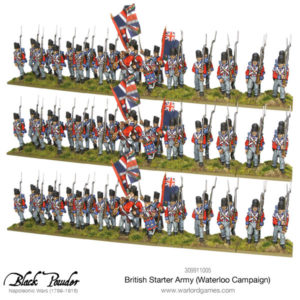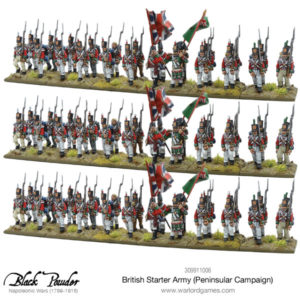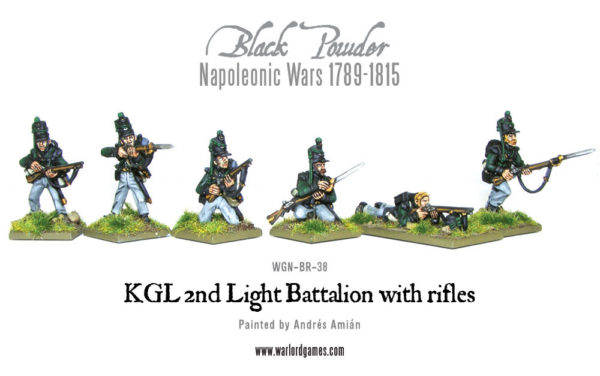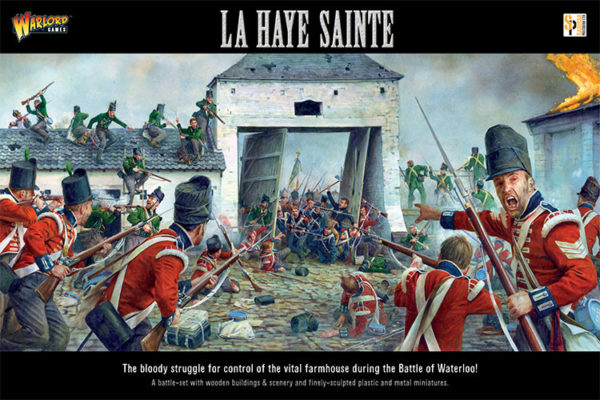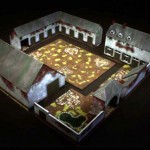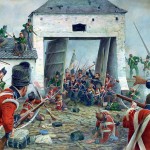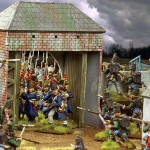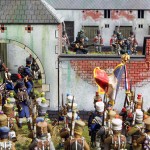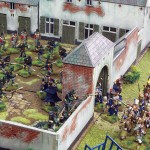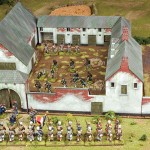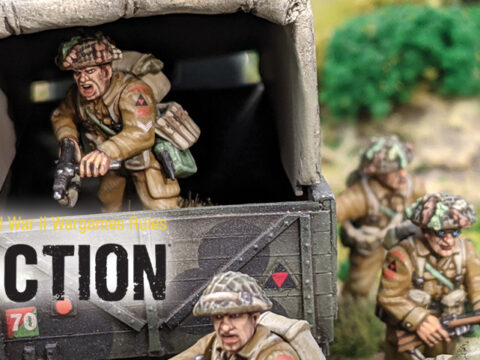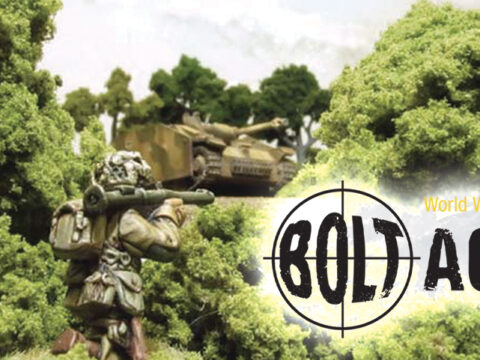Exiles from a huge variety of European nations bolstered the British Army’s ranks during the Napoleonic Wars. This week, we’re looking at the King’s German Legion!
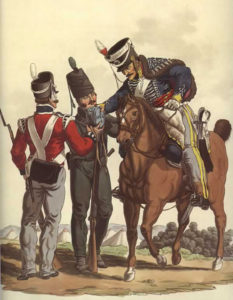 In the spring of 1803, Napoleon’s war machine swept across continental Europe, sweeping aside any organised opposition. The Electorate of Hanover surrendered without a fight and its army was disarmed, with the French Army taking possession of all its horses and ammunition.
In the spring of 1803, Napoleon’s war machine swept across continental Europe, sweeping aside any organised opposition. The Electorate of Hanover surrendered without a fight and its army was disarmed, with the French Army taking possession of all its horses and ammunition.
The Hanoverian administration took immediate flight and established themselves in London, where the deposed Elector George III ruled as the King of the United Kingdom. Along with the government, a large number of officers and soldiers flocked to Britain, where they formed the King’s German Legion.
As a mixed corps, the Legion had organic infantry, cavalry and artillery regiments. At its formation in 1803, it had five cavalry regiments (two of dragoons and three of hussars), ten infantry battalions (two of light infantry and eight of line infantry) and six batteries of artillery (two of horse and four of foot.) This amounted to a strength of approximately 14,000 men.
While it never fought autonomously, the Legion formed the veteran core of the British Army in the Peninsular War. The soldiers of the King’s German Legion were renowned for their discipline and professionalism – along with the quality of their cavalry and light infantry.
The Legion entered the history books with their spirited defence of La Haye Sainte during the battle of Waterloo, where the 1st Light and 5th Line battalions held off the French for 6 hours before they ran out of ammunition.
The King’s German Legion in Black Powder
Outfitted by the British Army, the King’s German Legion were attired in a very similar fashion to British regulars – in almost every case, the various arms of the Legion wore the British uniform, with some minor differences.
In the case of the infantry, the principal distinction was their dark blue packs, painted to match their regimental facings in the same colour.
Players looking to bolster their ranks for battles across the Peninsular and Hundred Days campaign can field a variety of Legion units from our fantastic range of plastic and metal kits.
The British infantry plastic sets work for the King’s German Legion of the appropriate campaign – just paint the packs and facings dark blue!
We also produce these fantastic riflemen – representing the heroic 2nd Battalion who gave their lives defending La Haye Sainte at Waterloo!
- La Haye Sainte scenery from Sarissa Precision
- La Haye Sainte cover art
- La Haye Sainte
- La Haye Sainte
- La Haye Sainte
- La Haye Sainte


